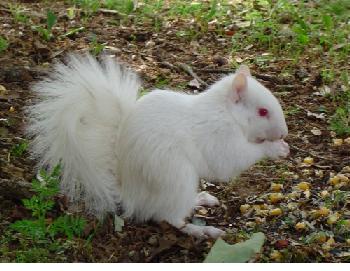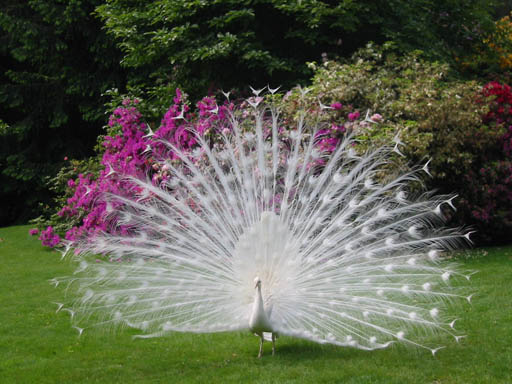|
|
|---|
Friday, March 5, 2010
I'm going to tell you about a famous St. Bernard dog, and his name was Barry, just like mine, so that's why Piper said I should write about him. Actually, I'm quite happy to do so because I did not even know until recently that there were any other dogs named Barry -- especially not famous ones!
In 1049, an Augustine monk named Bernard of Menthon founded a hospice in the pass. Many years later, he was made a saint, and the hospice, the pass, and a breed of dogs all came to share the name Saint Bernard. The original idea of the monks at the hospice was that they could provide shelter for travelers, and they could keep the pass safe by scaring away all the bandits who wanted to rob the travelers. But soon the monks were also going out to rescue people who got lost or buried in the snow.
Around 1660 or so, the monks got their first dogs, which were descended from the mastiff-type dogs the Romans had brought from Asia. These dogs were meant to be companions and watchdogs, but the monks discovered that the dogs were also a big help in rescue work. The dogs proved to have a good sense of direction, even during snowstorms, and they could sniff out people under the snow. Of course, I could have told the monks this about dogs, but I wasn't born then, so they had to discover it for themselves. So anyway, the monks trained the dogs to go out in pairs, and when they found a traveler in distress, one dog stayed with the person to keep him warm while the other went back to get help.
The dogs of the St. Bernard Pass spent almost two centuries rescuing people, and they saved more than 2000 people altogether. People always think that St. Bernards went out with little casks of liquor tied around their necks, but this is not really true. Or at least no record can be found to show that it really happened.
Okay, now I'm finally going to talk about Barry. He lived at the monastery from 1800 until 1812, and he single-pawedly saved the lives of at least 40 people. He was retired from his rescue duties in 1812 and lived out the last two years of his life in Bern, Switzerland. After he died, he was put on display at the Bern Natural History Museum. The picture on the right is an illustration made from an actual tintype photo of Barry, and below is the stuffed Barry.
There is a monument to Barry in the pet cemetery in Paris. A plaque on the monument says that Barry saved 40 people and was killed by the 41st, who was supposedly an escaped prisoner who mistook Barry for a wolf. However, the people at the Natural History Museum in Bern say that plaque isn't true, and I choose to believe them.
The monks who live at the Great St. Bernard Hospice kept on breeding St. Bernards until 2004, when the kennels were moved to the town of Martigny. Now the breeding is done by the Foundation Barry du Grand Saint Bernard, which was of course named for Barry. During the summer, a few dogs are kept at the monastery, where guests can enjoy seeing them. There is a modern highway through the pass now, and rescue work is done with helicopters.
And that's pretty much the end of the story. Those monks might have been the first people ever to train dogs for search and rescue work, but they certainly weren't the last. I'm just proud that a dog with my same name was part of such a fine tradition!
0 Comments:
Subscribe to:
Post Comments (Atom)










.jpg)








